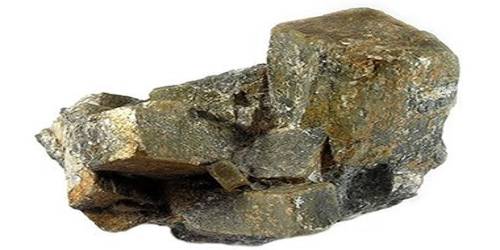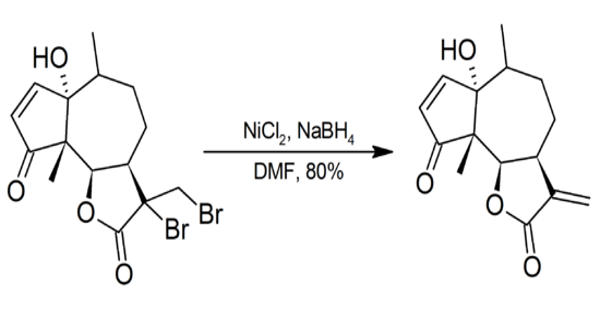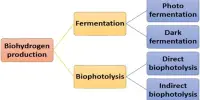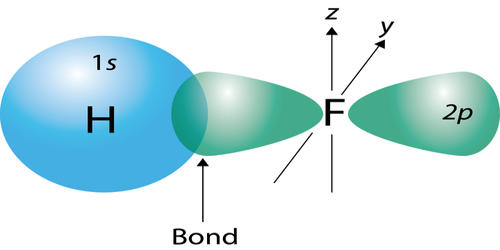Andalusite is an aluminum nesosilicate mineral with the chemical formula Al2SiO5. It is a polymorph with two other minerals: kyanite and sillimanite. Andalusite is trimorphic with kyanite and sillimanite, being the lower pressure mid temperature polymorph. It is not Radioactive.
It is usually only visible when a crystal is cut. Andalusite is often replaced by other minerals, especially micas, Pyrophyllite and Kyanite, which can form a complete or partial pseudomorph after the Andalusite. At higher temperatures and pressures, andalusite may convert to sillimanite. Thus, as with its other polymorphs, andalusite is an aluminosilicate index mineral, providing clues to depth and pressures involved in producing the host rock.
General Information
- Category: Nesosilicates
- Formula: Al2SiO5
- Crystal system: Orthorhombic
- Crystal class: Dipyramidal (mmm)
It was first described and named after the type locality in the Ronda Massif, Málaga, Andalusia, Spain in 1789. The origin of the name is misleading since the type locality where this mineral was first described is not Andalusia, but rather El Cardoso de la Sierra, which is well north of Andalusia in Guadalajara Province.

Properties
- Color: Pink, violet, yellow, green, white, gray; in thin section, colorless to pink or green
- Crystal habit: As euhedral crystals or columnar aggregates having nearly square cross sections; fibrous compact to massive
- Cleavage: Good on {110}, poor on {100}
- Fracture: uneven to subconchoidal
- Mohs scale hardness: 6.5 – 7.5
- Luster: Vitreous
- Streak: White
- Diaphaneity: Transparent to nearly opaque with inclusions
- Specific gravity: 3.17 (+/- .04)
Occurrence
Andalusite is a common metamorphic mineral which forms under low pressure and low to high temperatures. The minerals kyanite and sillimanite are polymorphs of andalusite, each occurring under different temperature-pressure regimes and are therefore rarely found together in the same rock. Because of this, the three minerals are a useful tool to help identify the pressure-temperature paths of the host rock in which they are found. An example rock includes hornfels.
Information Source;
















